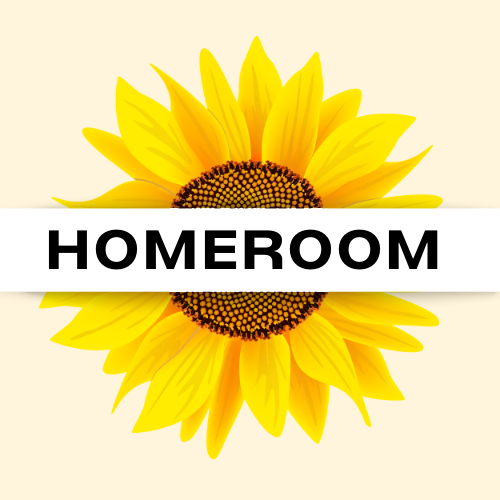Tatalakayin sa kursong itong ang Pilipinas sa harap ng mga hamon at tugon ng ika-20 siglo hanggang sa kasalukuyan tungo sa pagbuo ng tiyak na pagkakakilanlang Pilipino at matatag na pagkabansa (strong nationhood)
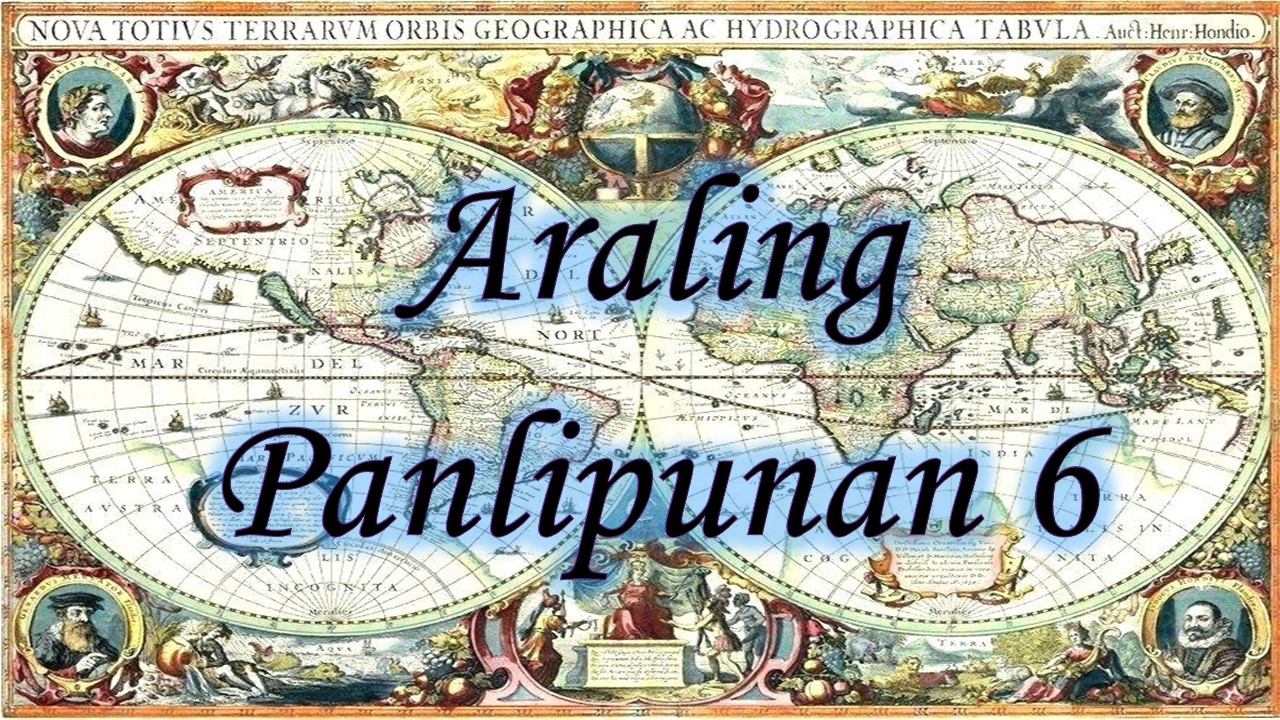
- Teacher: Rixequel Genteroy
The learner listens critically; communicates feelings and ideas orally and in writing with a high level of proficiency; and reads various text types materials to serve learning needs in meeting a wide range of life’s purposes.
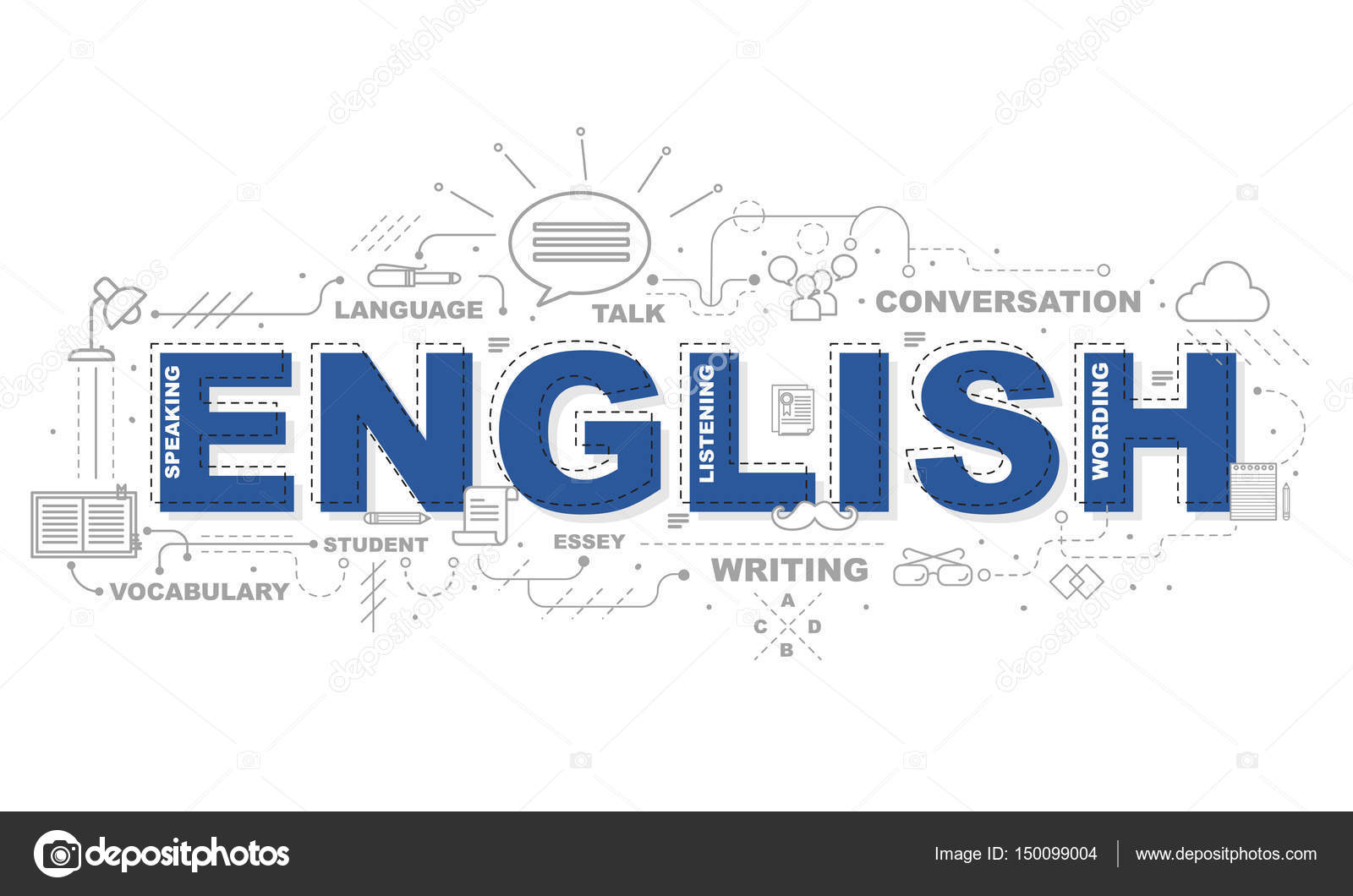
- Teacher: Kaye Christine P. Pangilinan
- Teacher: Ma. Haydee D Samonte
The learner demonstrates increased knowledge, skills, and values in entrepreneurship and ICT, agriculture, home economics, and industrial arts toward improving family life and the community.

- Teacher: Marilou Pagsuguiron
Pagkatapos ng Ikaanim na Baitang, naipamamalas ng mag-aaral ang pag-unawa sa gawain na tumutulong sa pag-angat sa sariling dignidad, pagmamahal sa kapwa na may mapanagutang pagkilos at pagpapasiya tungo sa maayos, mapayapa at maunlad na pamumuhay para sa kabutihang panlahat.
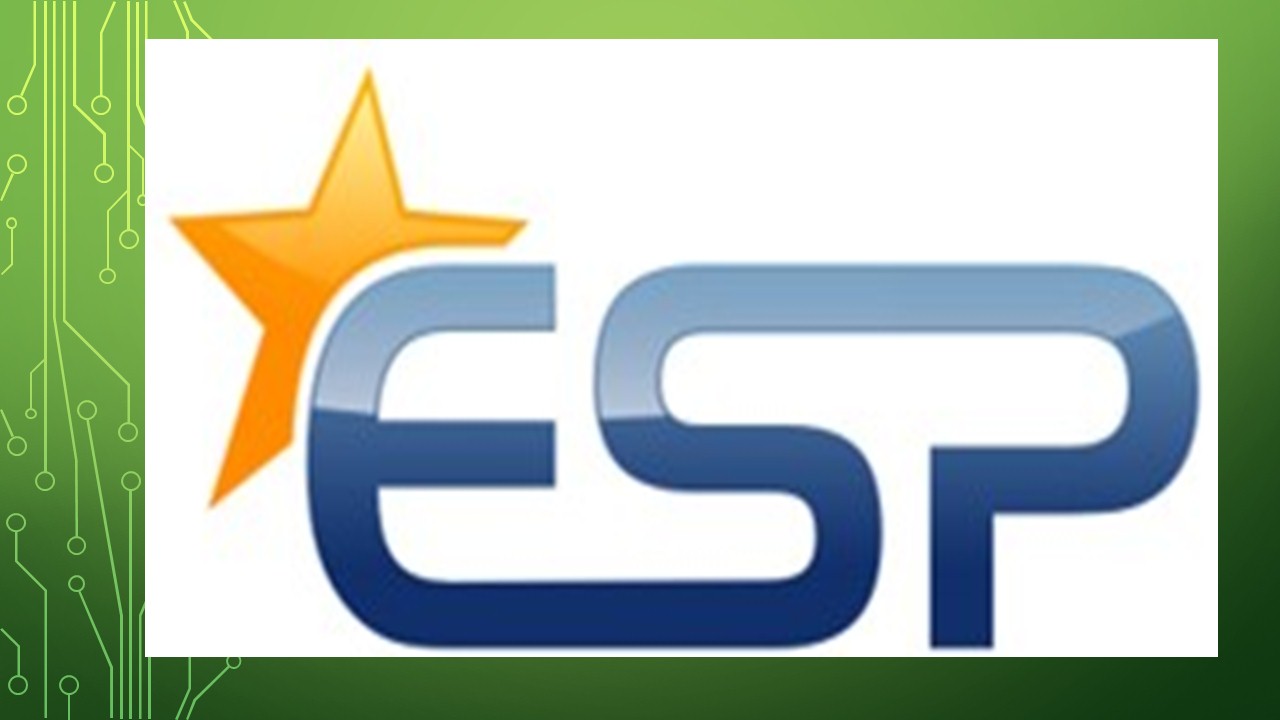
- Teacher: Rixequel Genteroy
Pagkatapos ng Ikaanim na Baitang, naipamamalas ng mag-aaral ang kakayahan sa pakikipagtalastasan, mapanuring pag-iisip at pagpapahalaga sa wika, panitikan at kultura upang makaambag sa pag-unlad ng bansa.

- Teacher: Jocelyn Intong
MUSIC
The Learners demonstrates understanding of the concept of rhythm by applying notes and rests, rhythmic patterns, and time signatures
The learners demonstrates understanding of the use of lines, shapes, colors, texture, and the principles of emphasis and contrast in drawing a logo and own cartoon character using new technologies in drawing.
PE
The learners demonstrates understanding of participation and assessment of physical activity and physical fitness
The learners demonstrates understanding of personal health issues and concerns and the importance of health appraisal procedures and community resources in preventing or managing them

- Teacher: Melissa Ann Isip
At the end of the course, learners must be able to demonstrate understanding and appreciation of key concepts and skills involving numbers and number sense (divisibility, order of operations, fractions and decimals including money, ratio and proportion, percent, integers); geometry (plane and solid figures); patterns and algebra (sequence, expression, and equation); measurement (rate, speed, area, surface area, volume, and meter reading); and statistics and probability (tables, pie graphs, and experimental and theoretical probability) as applied - using appropriate technology - in critical thinking, problem solving, reasoning, communicating, making connections, representations, and decisions in real life.
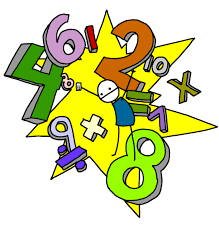
- Teacher: Cindy Ramos Marasigan
Program Standard: The learners also learn about gravity and friction as other causes or factors that affect the movement of objects. They will be introduced to the concept of energy. They learn that energy exists in different forms, such as light, heat, sound and electricity, and it can be transformed from one form to another. They demonstrate how energy is transferred using simple machines.
Grade Level Standard: The learners demonstrate an understanding of gravity and friction affect movement of objects and how energy is transformed in simple machines.
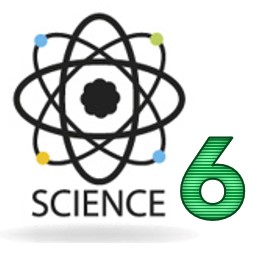
- Teacher: Emelda Abay-abay
- Teacher: Lou Valerie Latina Blanco
